
A little excitement may be the very thing that your garden is missing. Whether beautifying northern or southern landscapes, installing tropical glasshouse plantings, or creating blockbuster horticultural exhibitions, I have found one principle that always seems to hold true: When a design feels good but not great and lacks that “pop,” go bold! One of the best plants to use for achieving that effect is elephant’s ear.
See more:
How to Overwinter Elephant’s Ears
The Best Tropical Plants Collection
The Best Colocasias to Add Tropical Flair to Your Summer Garden
It doesn’t matter whether you’re looking for a distinctive windowsill jewel or a breathtaking garden colossus; there’s an elephant’s ear for every situation. Many have heard this common name and readily recognize the conspicuous, often elephantine foliage that prompts the moniker, but it is often less clear how these plants should be grown and enjoyed, because plants in this group do not all tolerate the same growing conditions.
Within this diverse assortment you will find an incredible range of plants, many of which are quite adaptable. I have had success growing some in situations that admittedly pushed the suggested boundaries. That said, the gardener’s mantra is to select “the right plant for the right place.” We all want to choose plants that will give us the best chance at success, and over the years I have identified a collection of favorite elephant’s ears that perform well under various conditions, indoors and out. Most are outstanding in terms of impact and visual interest, and all are readily available at nurseries without the need to take out a second mortgage. Beauty, affordability, and proven performance make the following elephant’s ears exceptional choices for your home and garden.
A tiny stunner, ‘Bambino’ is perfect for a desktop or the front of a border
Name: Alocasia × amazonica ‘Bambino’
Zones: 10–12 Size: 1 to 2 feet tall and wide
Conditions: Partial shade; moist soil
Native range: Hybrid
If you’re searching for a compact variety, cultivars of Alocasia × amazonica, also known as Amazon elephant’s ear, are established winners. These selections are crosses between two small species from the hot, moist forests of the Philippines and Borneo (ironically, nowhere near the Amazon) and make truly fine houseplants. Of the many beautiful cultivars, I have always been partial to ‘Bambino.’ Bearing petite, sculptural leaves on short petioles, this cultivar’s neat habit lends itself to container culture (one is perched on my desk right now) but may also be effectively planted en masse. In a group, the glossy, black-green, arrowhead-shaped leaves and silvery veins meld to form a striking tableau. Outdoors, complete the look with shade-tolerant sedges (Carex spp. and cvs., Zones 3–10) and open, airy sprays of flowers to play against the dark, dramatic foliage. In bright, indirect light or dappled shade, and when provided even moisture and adequate humidity, ‘Bambino’ will reach a manageable size of just a few feet tall.
The dark and shiny foliage of jewel alocasia seems to glow in low light
Name: Alocasia cuprea and cvs.
Zones: 9–11
Size: 1 to 2 feet tall and wide
Conditions: Partial shade; moist soil
Native range: Borneo
A true garden gem, the aptly named jewel alocasia garners immediate attention. This charming Borneo native exhibits lustrous iridescence, a trait that helps enhance photosynthesis in many shade-loving rainforest growers. Stout oval leaves of metallic mint cradle deep green veins that often exhibit black and maroon tones. The straight species is a dusky dark green with a purple sheen to its leaves (photo p. 56), but the astounding cultivar ‘Red Secret’ (A. cuprea ‘Red Secret, Zones 9–11) boasts otherworldly garnet-and-purple foliage (right), and multicolored ‘Dewey’s Reversa’ (A. cuprea ‘Dewey’s Reversa’) evokes visions of exotic beetle elytra (inset). Jewel alocasias can be grouped in a shady bed to great effect, but they are among my all-time favorite houseplant selections and beg to be admired as specimens. Like ‘Bambino’ alocasia, jewel alocasias need adequate moisture, humidity, and warmth.
The dramatic shades of ‘Regal Shields’ invite exciting combinations
Name: Alocasia ‘Regal Shields’
Zones: 9–11
Size: 4 to 6 feet tall and wide
Conditions: Partial to full shade; moist soil
Native range: Hybrid
The aptly named ‘Regal Shields’ alocasia is easy to grow and makes an exceptionally attractive container specimen. Unlike Malaysian Monster and ‘Portora’, ‘Regal Shields’ is somewhat more sprawling, and its velvety deep green leaves nod outward, reaching 1 to 2 feet long. Lime green veins and plum leaf undersides provide additional interest. I have enjoyed using this alocasia in bright, indirect light to partial shade, grouped with airy pink and white flowering annuals and perennials to create a calm vignette. Another option is to embrace its dramatic personality and surround it with grassy textures as well as orange, peach, and gold colors, which partner impeccably with its dusky purple and deep green tones.
‘Portora’ stuns with large,
ruffled leaves
Name: Alocasia ‘Portora’ syn. A. ‘Portadora’
Zones: 7–10
Size: 5 to 7 feet tall and 4 to 5 feet wide
Conditions: Full sun to partial shade; moist soil
Native range: Hybrid
I have used this cultivar often in gardens and as part of professional horticultural exhibitions, and I consider it “battle tested.” ‘Portora’ alocasia is undemanding and lends an unmistakable tropical look to any space. The individual, spade-shaped, ruffled emerald leaves reach over 4 feet in length and 3 feet wide. They point skyward, held aloft by hefty stalks. This plant is capable of reaching dramatic heights under glass or outdoors and will develop a trunk-like stem with time. Provided moist, rich soil and plenty of fertilizer, ‘Portora’ can be grown successfully in most light exposures, including full sun, although some leaf scorch may occur on the hottest summer days. However you choose to grow ‘Portora’—as a bold background planting, an eye-catching anchor in a border, or in a large planter—it never fails to garner attention.
With deeply lobed and wavy foliage, Malaysian Monster
is truly unique
Name: Alocasia portei
Zones: 9–11
Size: 4 to 12 feet tall and wide
Conditions: Full sun to partial shade; moist soil
Native range: Tropical Asia, the Philippines, Thailand
Another head-turner, A. portei is unique among elephant’s ears in that it features such intensely ruffled and deeply lobed leaves it is sometimes mistaken for a large philodendron (Philodendron spp. and cvs., Zones 10–12). While Malaysian Monster (as it is commonly known) is texturally dissimilar to many other elephant’s ears, its character and impact are undisputed. Rich, moist soil and regular fertilization will quickly encourage this beauty to reach heights of up to 12 feet tall in the ground or a large container, with 3- to 4-foot-long leaves. But fear not—the size of this particular monster can be limited by container volume. A smaller container will curb its growth. You can also simply renew the planting via the division of offshoots when it becomes too big for your space. Malaysian Monster is a fantastic addition to a partial-shade bed, border, or container, providing major textural interest as taller flowering plants pop against its dark green leaves.
Purple-black coloring sets ‘Diamond Head’ out from the crowd
Name: Colocasia esculenta* ‘Diamond Head’
Zones: 7–10
Size: 3 to 4 feet tall and wide
Conditions: Full sun to partial shade; moist soil
Native range: Tropical southeastern Asia
and India
‘Diamond Head’ colocasia is all about intrigue. This taro is mainly grown for its deep and dark iridescent foliage. The 12- to 18-inch-long and 24-inch-wide leaves arch neatly outward on succulent, curving stems. If the mysterious, midnight-colored foliage isn’t enough, this elephant’s ear is tough and hardy, thriving outdoors in warmer zones. Like a fine actor, ‘Diamond Head’ holds its own while enhancing any supporting characters. I love pairing it with ‘Colchester White’ dusty miller (Centaurea cineraria ‘Colchester White’, Zones 8–12). Those soft silver tones play wonderfully against the rich, chocolatey purple leaves and petioles. Like most colocasias, ‘Diamond Head’ may be utilized in water gardens or boggy areas, either in the ground or in a partially submerged planter. Be sure to use a large enough pot to ensure stability, or add weight to the bottom of the container to keep the plant from toppling over during storms. I have often included ‘Diamond Head’ in water features to add height and movement. Watch for heavy rains or dreaded early season hail, which can cause physical damage to the thin leaf structures of this plant and other colocasias.
The heart-shaped leaves of
‘Hawaiian Punch’ contrast with ruby red stems
Name: Colocasia esculenta ‘Hawaiian Punch’
Zones: 8–10
Size: 2½ to 3 feet tall and wide
Conditions: Full sun to partial shade;
moist soil
Native range: Tropical southeastern
Asia and India
If you seek stimulating color in a smaller package, ‘Hawaiian Punch’ is a great choice. As the cultivar name implies, the petioles and veins of the 1- to 2½-foot-long leaves are a juicy rhubarb red and won’t be overlooked in a garden bed or as part of a mixed container planting. This selection will perform well in full sun to partial shade with plenty of moisture and is a great candidate for being partially submerged in water or planted on the margins of a pool. It is a firework on its own, although the bold petiole color invites adventurous pairings with hot-toned plants. Combine it with interesting bromeliads and be transported to the tropics, or pair it with chenille plant (Acalypha hispida, Zones 10–11) as an effortlessly harmonious underplanting. Monitor this and other colocasias, as they are prone to host spider mites, especially under glass and outdoors during hot, dry summers.
Blue taro stuns with deep, moody highlights
Name: Xanthosoma violaceum
Zones: 8–11
Size: 4 to 6 feet tall and wide
Conditions: Full sun to partial shade; moist soil
Native range: Southern Mexico, tropical Central and South America
The dark eggplant stems and veins of this plant are a colorful beacon in garden designs. For those seeking to amaze and be amazed, know that this beauty can reach 6 to 8 feet tall in Zones 9 and above. Blue taro (as it’s commonly known) requires large amounts of water, fertilizer, and space to stretch, though northern gardeners should expect a more reasonable size of 4 to 5 feet of growth in one season. Get the most from this selection by planting it in partial shade in rich, moist soil or in a container large enough to keep the plant stable and upright in the wind. I adore how it looks when surrounded by simple green ferns or other finely textured plants that allow the gorgeous stems and leaf undersides to be fully appreciated.
For stunning variegation, turn to
‘Mickey Mouse’
Name: Xanthosoma sagittifolium* ‘Mickey Mouse’
Zones: 8–11
Size: 5 to 6 feet tall and wide
Conditions: Partial shade; moist soil
Native range: Southern Mexico, tropical Central and South America
Lovers of the peculiar are inevitably drawn to the white, cream, and green-splashed leaves of ‘Mickey Mouse’ xanthosoma. This foliage exhibits an amusing mutation—the leaf tips narrow and curl dramatically into dangling “mouse tails.” However, this pronounced tail sometimes appears only on some leaves and not on others. The strongly variegated foliage is susceptible to scorch, so this elephant’s ear is best grown in dappled shade, where it will benefit from the same moist soil and warmth that other tannias enjoy. ‘Mickey Mouse’ has the potential to reach 6 feet tall at maturity with leaves up to 2 feet long, but in my experience it is not as vigorous a grower as other elephant’s ears and will take time to reach its full potential. Regardless, this plant and its variations are always interesting. It makes a potted oddity or unusual conversation piece in a shady garden niche.
| Sources |
The following mail-order sources may offer some of the plants
featured in this article:
Ed’s Plant Shop, Brooklyn, NY; 718-407-4269 edsplantshop.com
Florida Hill Nursery, DeBary, FL; 386-873-8064 floridahillnursery.com
Hirt’s Gardens, Wadsworth, OH; 330-239-0506 hirts.com
Wellspring Gardens, Lakewood, FL; wellspringgardens.com
Christian Primeau has spent over 20 years working in botanical gardens, including managing tropical collections for the New York Botanical Garden. He now works as an independent horticultural consultant, garden designer, and photographer.
Fine Gardening Recommended Products

A.M. Leonard Deluxe Soil Knife & Leather Sheath Combo
Fine Gardening receives a commission for items purchased through links on this site, including Amazon Associates and other affiliate advertising programs.

Morvat Heavy Duty Brass Y-Valve
Fine Gardening receives a commission for items purchased through links on this site, including Amazon Associates and other affiliate advertising programs.
- Fitted with US Standard NH 3/4" threads for use with most water source fittings
- Screw the 2 way splitter adapter by hand or wrench with the updated hexagonal top connection. The 360° rotatable swivel connection attaches to any water source.

Buffalo-Style Gardens: Create a Quirky, One-of-a-Kind Private Garden with Eye-Catching Designs
Fine Gardening receives a commission for items purchased through links on this site, including Amazon Associates and other affiliate advertising programs.

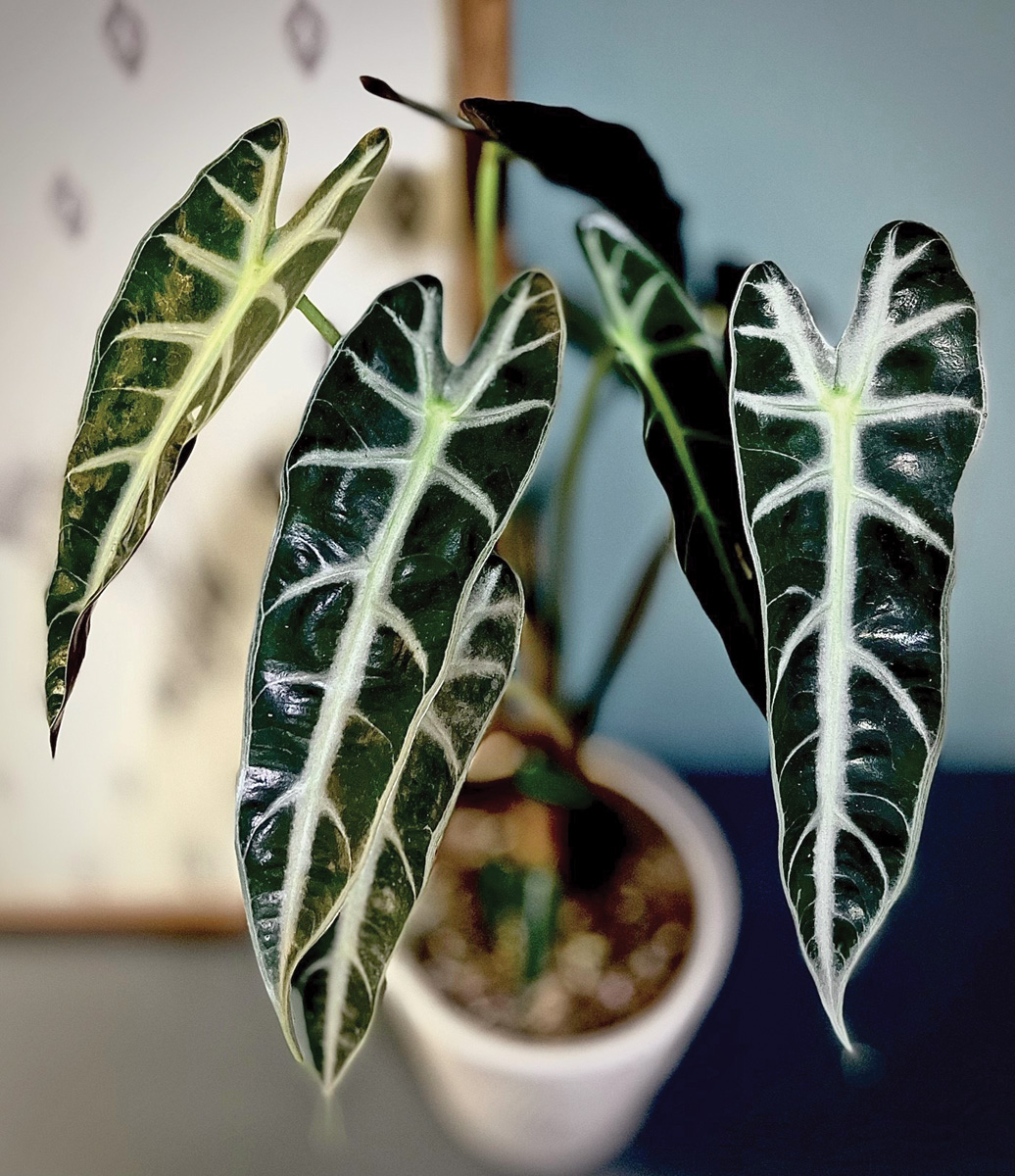
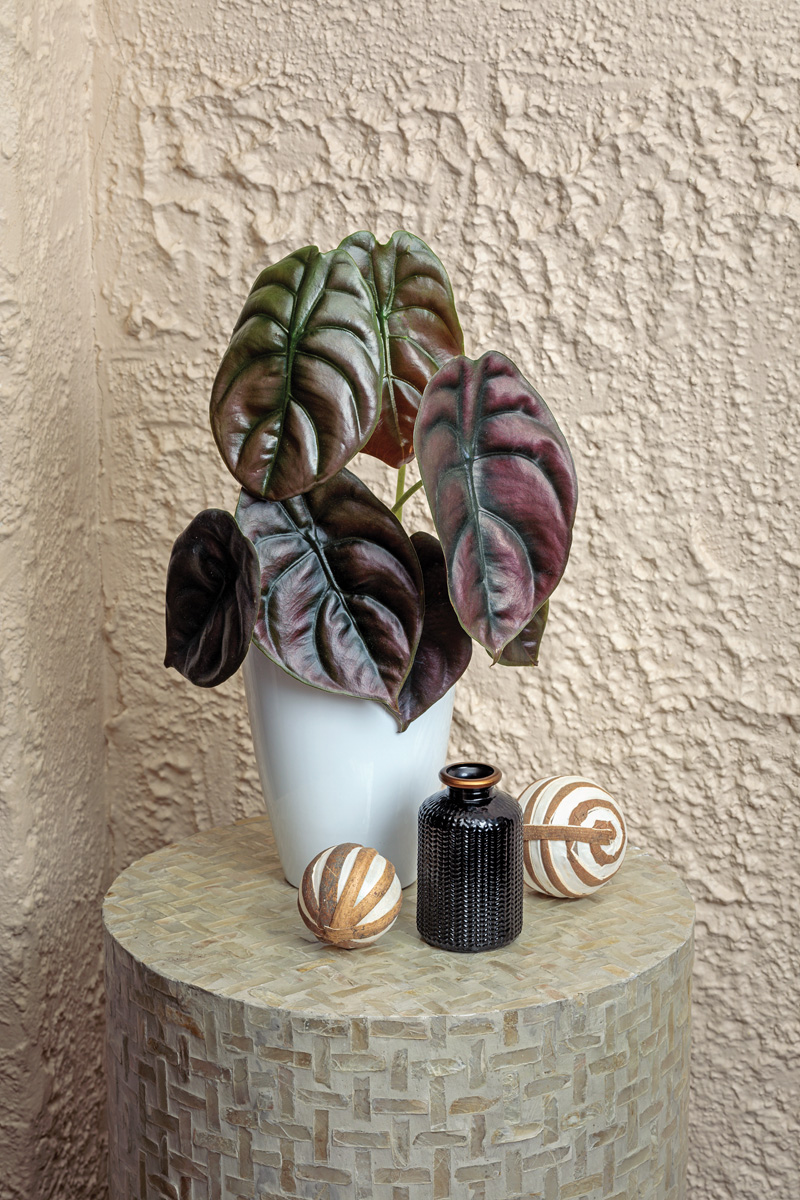


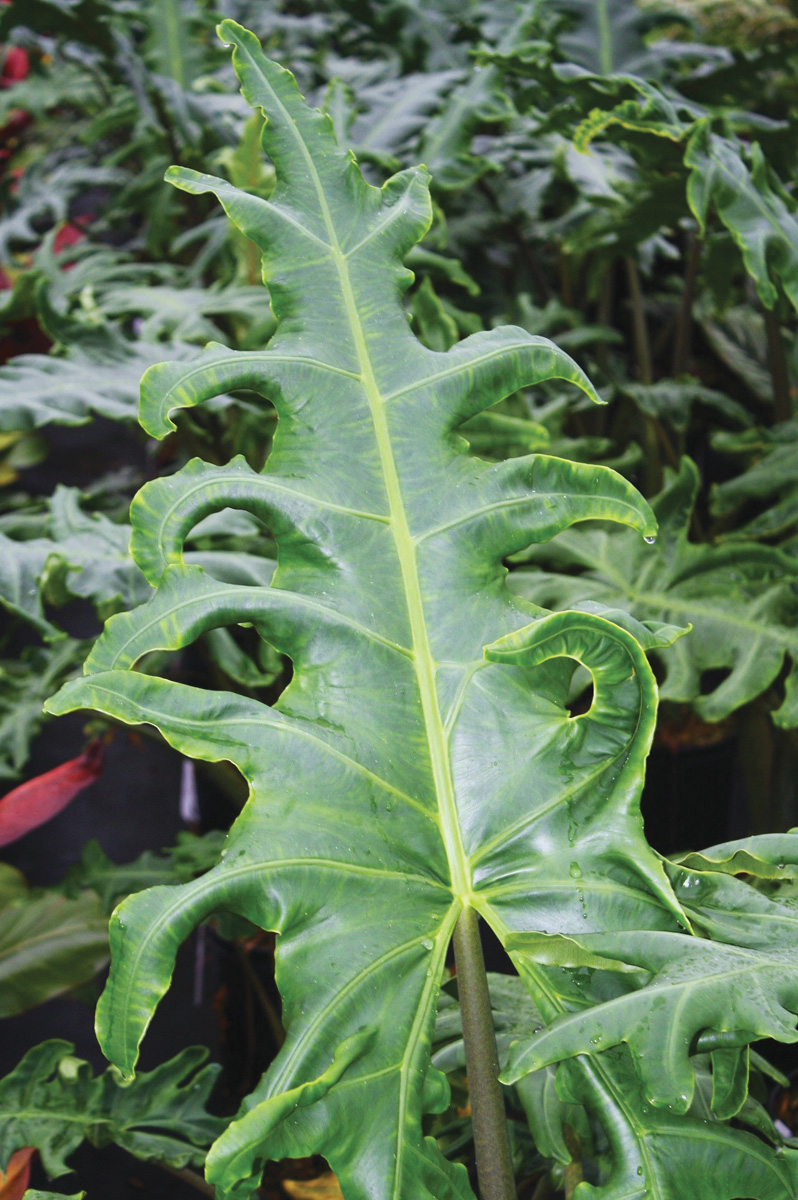
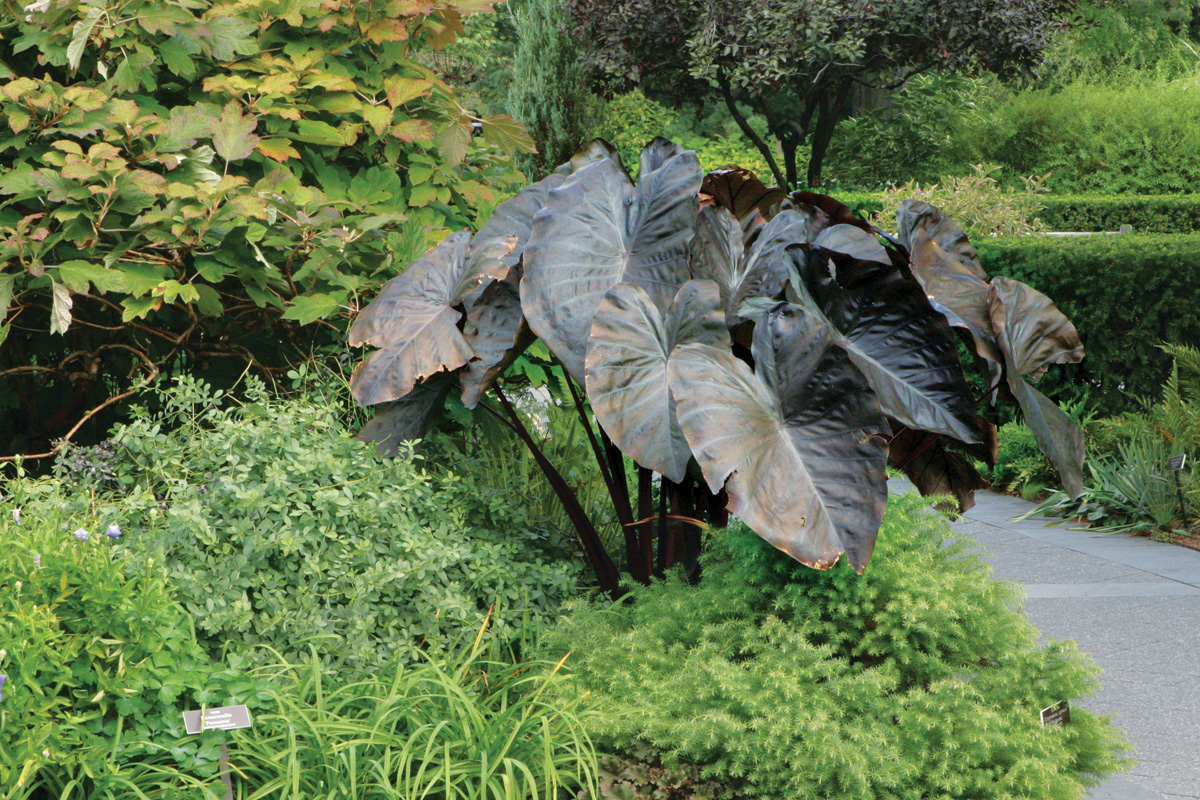


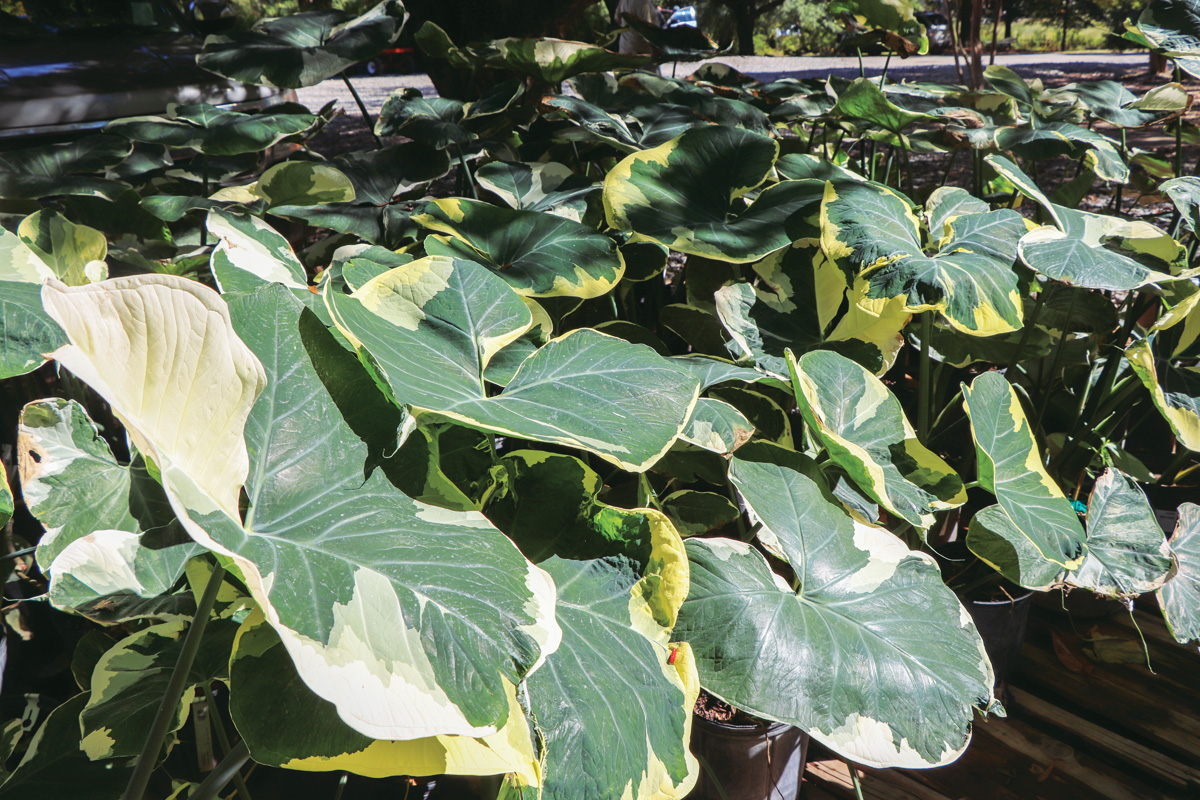


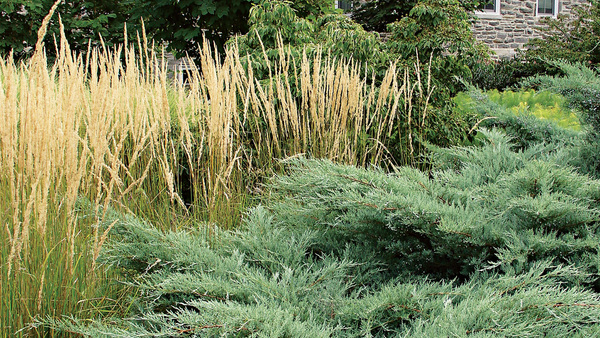
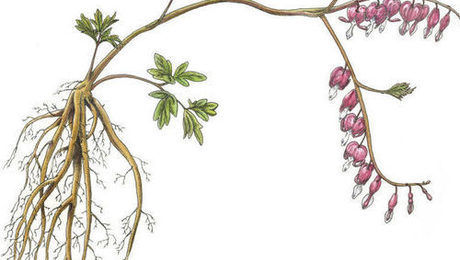












Comments
Log in or create an account to post a comment.
Sign up Log in